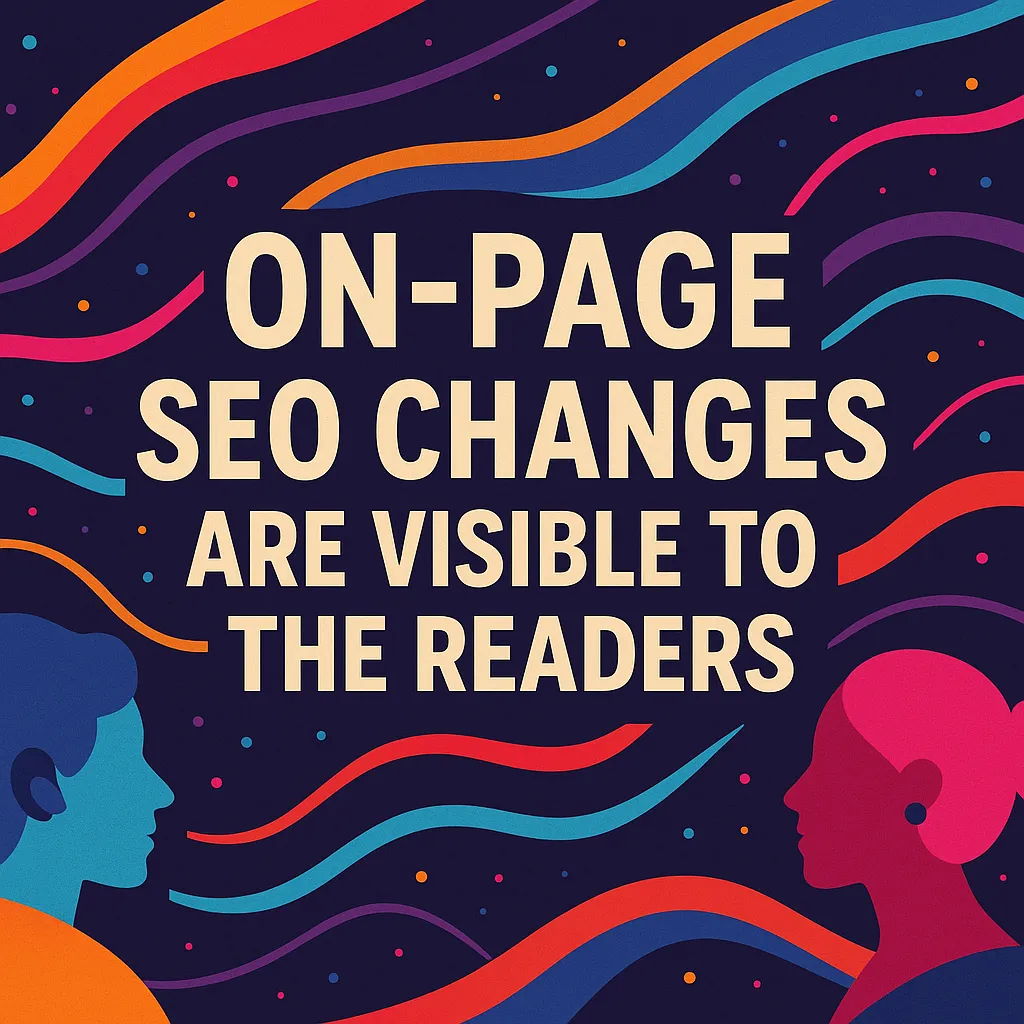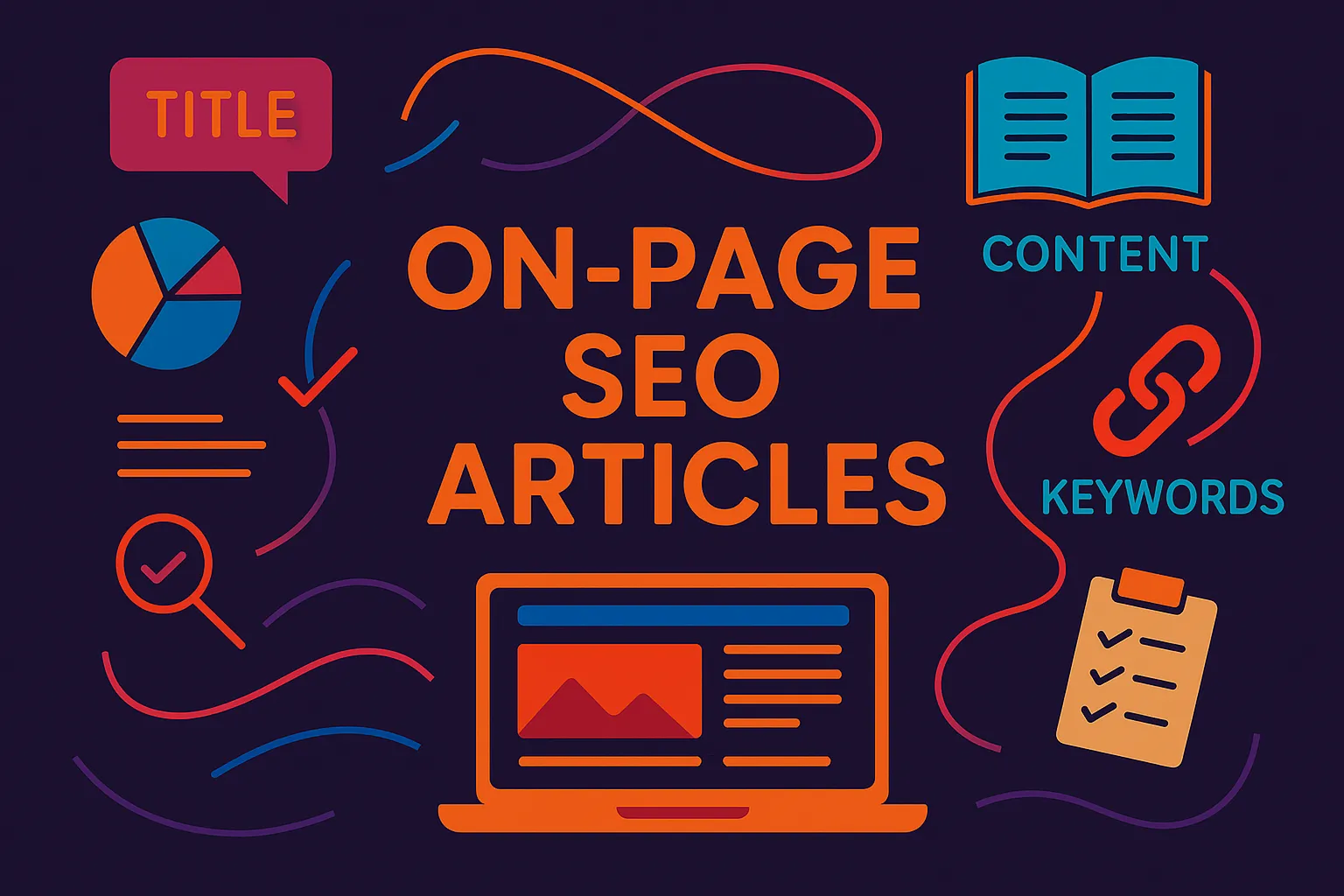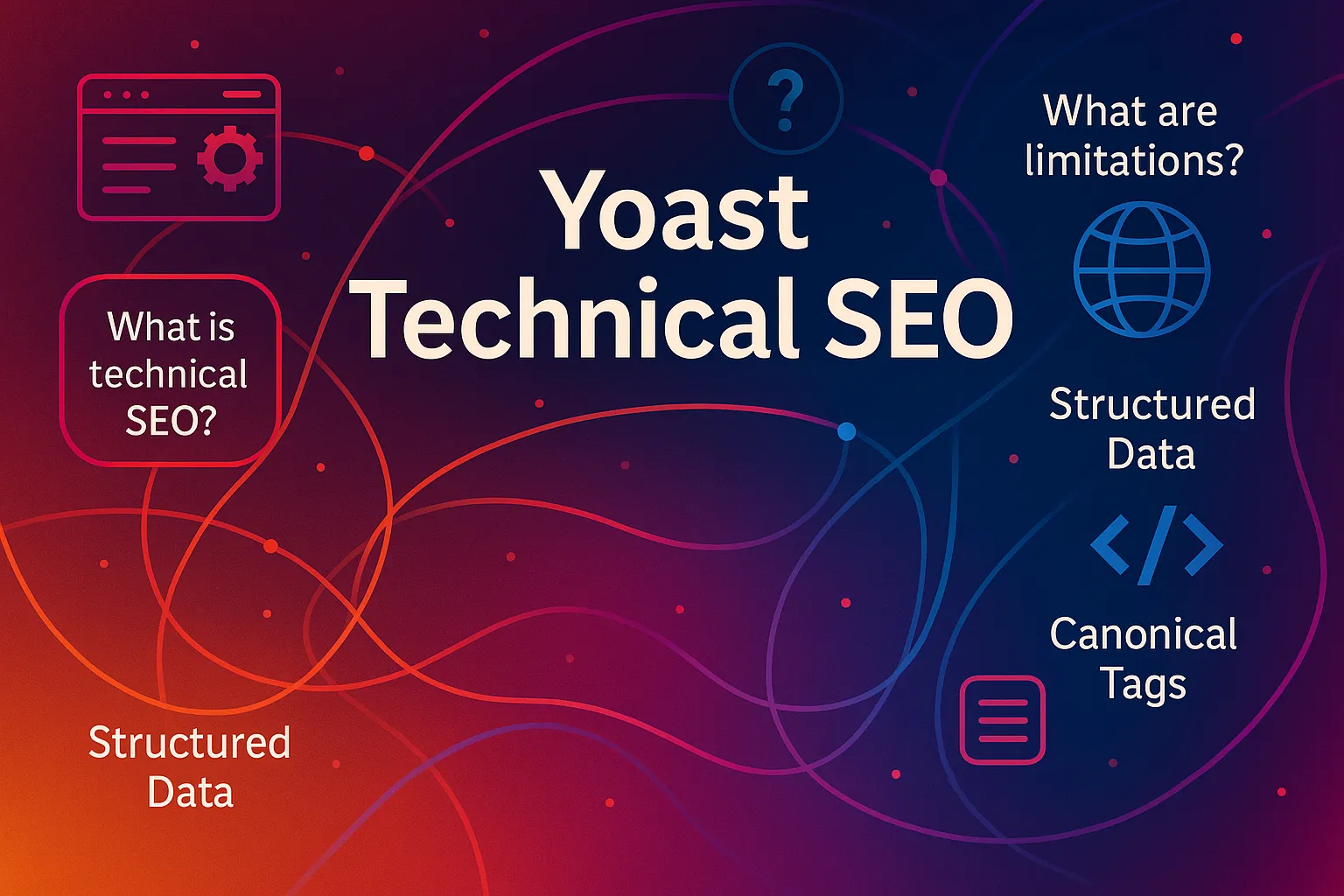What is On Page SEO Content Writing?
At Vibe Branding, we’ve been writing and optimizing content for search engines and real people for over a decade. One term we keep seeing clients ask about is on page SEO content writing, so let’s break it down in plain English.
Simply put, it’s the art of writing content that not only informs or entertains readers, but also helps your website show up on Google. When I first started out, I thought SEO writing was just stuffing keywords onto a page.
It turns out, it’s so much more than that. Good SEO content writing means understanding what your audience is searching for and structuring your content in a way that Google can easily understand. When done right, it helps people find your page, stay longer, and take action.
TL;DR: Mastering On Page SEO Content Writing
- Learn what on page SEO content writing really is and why it matters in 2025
- Discover how Google measures content quality and what it looks for
- Understand the essential SEO elements your content must include
- See how to write for humans and search engines at the same time
- Use real tools and checklists to improve your current SEO strategy
- Avoid common SEO mistakes that can harm your rankings
- Learn from 10+ years of experience at Vibe Branding
Why On Page SEO Content Writing Matters in 2025
Fast-forward to today, and Google’s algorithms are smarter than ever. It’s not just about keywords—it’s about meaning. Google evaluates how helpful your content is, how well it’s organized, and how deeply it satisfies what the user is searching for.
When we write blog posts or landing pages for our clients at Vibe Branding, we start by researching the user’s search intent. Are they looking to learn something?
Buy something? Compare options?
This step alone often makes the difference between ranking on page one and getting buried. In our experience, when we match content to the user’s intent and structure it well, bounce rates drop and conversions go up.
On page SEO content writing is the backbone of a successful organic marketing strategy—and it’s what turns visibility into real engagement.

How Google Measures Content Quality in 2025
Here’s what we’ve seen after running hundreds of content audits and watching Google’s updates closely. Google now places heavy weight on E-E-A-T: Experience, Expertise, Authoritativeness, and Trustworthiness.
So what does that mean for content writers? You need to demonstrate that your content is original, written by someone who knows what they’re talking about, and backed by sources or examples that prove your value.
One way we do this at Vibe Branding is by embedding client testimonials, showing data we’ve collected, or linking to credible third-party sources. We also write with depth—not just skimming the surface of a topic, but answering the next question the reader will likely ask.
Google’s algorithm pays close attention to how long people stay on your site, if they scroll, and if they click to another page. That’s why our content strategy is always based on depth and intent, not fluff.
Essential On-Page SEO Elements Every Writer Needs
Let’s talk about structure. If your content isn’t well-organized, both readers and search engines will click away. We use a proven checklist to make sure every blog or landing page includes the most important on-page elements:
SEO Element | Why It Matters |
Title Tag | Shows up on Google search results and needs to include your keyword |
Meta Description | A compelling summary that improves click-through rates |
H1 Header | Clearly tells Google and the reader what the page is about |
Alt Text for Images | Helps search engines “see” your graphics and improves accessibility |
Internal Links | Keeps users on your site longer and distributes page authority |
When I train our new writers, I always stress that every element counts. One missing meta tag or poorly written title can hurt your ranking.
That’s why we build pages from a strong on-page SEO foundation first, and then add creativity and branding after.
How to Optimize Without Keyword Stuffing
Back in 2013, you could jam your keyword in every other sentence and call it SEO. But not anymore.
Today, Google cares about context. At Vibe Branding, we focus on writing content that sounds natural but still checks all the boxes.
That means placing our keyword in the title, in the first 100 words, in one subheading, and naturally throughout the page. We also use related phrases and synonyms—what’s called latent semantic indexing (LSI).
For example, if we’re writing about “on page SEO content writing,” we’ll also mention things like “meta descriptions,” “keyword placement,” and “search intent.” This helps Google understand that your content covers the topic in depth.
We write for humans first, and let the SEO flow from that.

Smart Keyword Strategy for Better Rankings
People often ask: “What’s the right keyword density?” Honestly, there’s no magic number.
In fact, Google has said keyword density isn’t a ranking factor by itself. What matters more is where your keyword shows up.
Our in-house rule of thumb is:
- Include your keyword in the URL, title tag, meta description, H1, one H2, and early in the intro.
- Sprinkle it in naturally 5 to 7 times (in a 1500+ word post).
- Use long-tail variations to reinforce your topic.
This approach works every time. One of our clients saw a 40% increase in organic traffic just by cleaning up keyword placement in their top blog posts.
We didn’t add more keywords—we just used them better.
Internal and External Linking for SEO Power
Links are like highways between your content and the rest of the internet. Internal links guide readers through your site, keeping them engaged and lowering bounce rates.
External links, on the other hand, show Google that you’re citing trustworthy sources. When we create content at Vibe Branding, we aim to include 4–6 internal links and 2–3 external links per 1000 words.
We make sure internal links point to high-value pages like service pages or lead magnets. External links only go to reputable, high-authority domains (no spammy stuff).
And we always ask ourselves: “Is this link helpful to the reader?” That’s the golden rule.
A smart link strategy improves UX and builds your SEO credibility at the same time.
Balancing SEO and Human-Centered Writing
Here’s the truth: content that ranks and converts has to be written for people. Google is getting better at mimicking human judgment—so if it sounds robotic, it won’t perform.
We write every piece of content with user experience in mind. That means using clear subheadings, short paragraphs, and simple language.
We avoid jargon unless we know the audience expects it. For example, when writing for SaaS clients, we might include terms like “API” or “cloud-native,” but we always explain them.
The goal is to invite the reader in—not confuse them. At Vibe Branding, we’ve found that the best-performing content feels like a conversation, not a lecture.
If a seventh grader can understand it, we’re doing our job right.

SEO Tools and Checklists That Make Life Easier
We use a stack of tools at Vibe Branding to keep our on page SEO content writing sharp. Tools like Surfer SEO help us analyze how well our content matches up with top competitors.
Yoast and RankMath are great for WordPress sites, flagging missing meta data or keyword gaps. Grammarly and Hemingway keep writing clean and readable, while tools like Google Search Console show us how our content performs after it’s live.
We’ve created our own SEO writing checklist, too. It includes every step: keyword placement, headline structure, image optimization, internal links, metadata, and more. This checklist ensures nothing falls through the cracks—even on a tight deadline.
If you’re writing content without a checklist, you’re flying blind. And SEO is no place for guesswork.
How Often Should You Update SEO Content?
SEO isn’t a set-it-and-forget-it strategy. Google loves fresh content, and so do your users.
We recommend reviewing top-performing posts every 3–6 months. If traffic starts to drop, or the page begins slipping in rankings, it’s time to refresh. Add new stats, update internal links, improve structure, or expand sections that feel thin.
One of our agency case studies improved 5 key blog posts and boosted lead generation by 28% in just one quarter. We also keep an eye on competitors—if they’re updating a page more often than we are, they could be outpacing us.
SEO writing is like gardening. Water it. Prune it. And yes, sometimes replant it.
Common SEO Writing Mistakes to Avoid
Even experienced marketers fall into traps. Keyword stuffing is still a thing—and it shouldn’t be. Another mistake is writing without a clear audience in mind.
You can’t speak to everyone and still be specific enough for SEO. We also see too many blogs with huge blocks of text and no visual breaks.
That’s a fast way to lose your readers and lower engagement. Skipping image alt text, ignoring meta descriptions, or forgetting to use headers correctly are all small errors that cost big rankings.
Lastly, copying or closely paraphrasing competitor content kills originality. Google can spot it—and so can your audience.
Your voice, your knowledge, and your spin are what make content truly work.
Final Thoughts
We’ve spent more than 10 years helping brands unlock the power of on page SEO content writing. It’s not magic—but it does require strategy, structure, and substance.
If you want to climb the rankings and convert your traffic into leads or sales, you need more than just words on a page. You need smart SEO writing backed by proven processes and human insight.
That’s what we do at Vibe Branding every single day. Whether you’re writing your first blog or your thousandth, remember: clarity, context, and creativity win.
Want help getting it right? Let’s talk.





